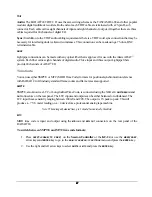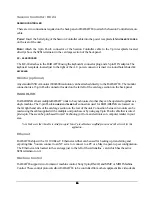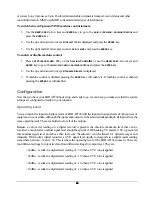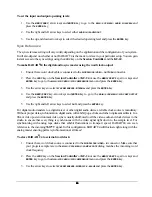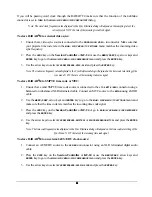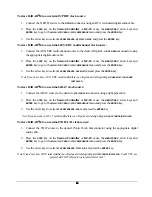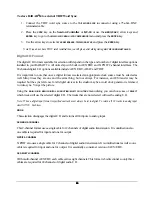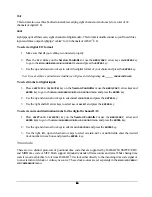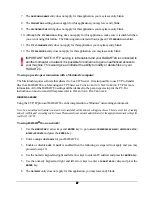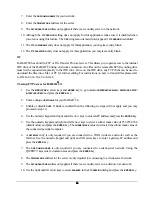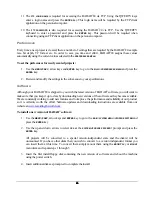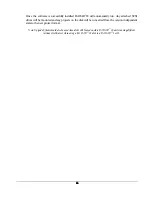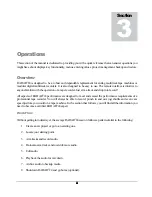
16
16
16
16
2. Press
the
SYNC/OFFSET
key on the
Session Controller
or
KC-24
or use the
MENU/PREV
, arrow keys
and
ENTER
key to go to the
MAIN / SYNC MENU / SYNC REFERENCE
menu and press the
ENTER
key.
3. Use the arrow keys to select
SYNC REFERENCE: TDIF WORD SYNC
and press the
ENTER
key.
Note: If you do not have TDIF cards installed then you will get an alert dialog stating:
NO TDIF CARDS INSTALLED
.
Audio Cabling
Please always use the highest quality cables with your RADAR
24. The cables described below are available
on our website and in most music and pro audio stores around the world. Additionally, wiring diagrams are
available for the do-it-yourselfer at
www.recordingtheworld.com
.
ANALOG
Analog cables for the RADAR
24 share the same wiring scheme as analog cables for the TASCAM DA-88
and other popular modular digital multitrack recorders. The RADAR
24 end of each analog cable is a 25-pin
D-sub connector that carries eight independent, balanced, line level audio signals. Altogether there are six
cables required, three for input and three for output, for 24 channels of ultra-high quality analog audio I/O.
The other end of each analog cable typically breaks out to individual XLR or TRS connectors for connection
to a console’s Tape Inputs and Buss Outputs. Another often-used approach is to wire directly into a patch
bay for the ultimate in routing flexibility.
DIGITAL
There are several digital I/O options available for RADAR
24 and each one has different cabling
requirements.
AES/EBU 2-CHANNEL
The cable required for the AES/EBU 2-channel interface is an XLR terminated 110-ohm digital audio cable.
One cable is required for 2 channels of input and an additional cable is required for 2 channels of output.
S/PDIF 2-CHANNEL
The cable
required for the S/PDIF 2-channel interface is an RCA terminated 110-ohm digital audio cable.
One cable is required for 2 channels of input and an additional cable is required for 2 channels of output.
AES MULTI-CHANNEL
The RADAR
24 AES/EBU multi-channel I/O uses the same wiring scheme as the TASCAM DA-88 and
other popular modular digital multitrack recorders. Both ends of each AES/EBU multi-channel cable are
terminated with 25-pin D-sub connectors. Each cable carries eight channels of input and eight channels of
output. Altogether there are three cables required for 24 channels of digital I/O. Another available cabling
option breaks out to 4 male (8 outputs) and 4 female (8 inputs) XLR connectors. This type of cable is
necessary for connecting to some types of mixers and certain digital audio workstations.
















